 Writing gurus repeatedly issue august pronouncements, such as, “Professional editing is not a luxury, it’s a necessity.” Their perception seems to be that “Indie Author” means “Independently wealthy but foolishly stingy dilettante scribbler.” Nothing could be further from the truth.
Writing gurus repeatedly issue august pronouncements, such as, “Professional editing is not a luxury, it’s a necessity.” Their perception seems to be that “Indie Author” means “Independently wealthy but foolishly stingy dilettante scribbler.” Nothing could be further from the truth.
The going rate for editing is 1½ to 2 cents (that’s $0.015 to $0.02 USD) per word, paid in advance. Depending on whose counter is used, Irish Firebrands clocks in at 196,131 to 199,230 words. Anyone can do the math, even without a calculator. The editing fee would be on top of three years of writing labor without pay (plus research expenses); and, mind you, this is for a service which bears the caveat that no guarantee or warranty will be made as to the subsequent merchantability of the manuscript.
This writer happens to be a pensioner who is living far below the poverty line, and hiring an editor would have meant going into mortgage foreclosure, or else having the gas, electricity, municipal services (water, sewerage, garbage collection), telephone and internet disconnected, due to being in arrears. So if I had hired an editor for Irish Firebrands, I’d have destroyed my credit rating, and might be living in a box under a bridge – but, hey, at least I could have said that the unmarketable manuscript I was using for campfire tinder had been “professionally edited.”
Sculptors and painters are not told that they must get their works edited by others, before they can put their Art on the market. If other Artists can be trusted to know what they’re doing, why can’t Writing Artists be trusted, too?
It’s not a question of formal education: the days of apprenticeship to an Art guild are long past, and even the MFA degree is no guarantee of success in any genre of Art. If other Artists can be legitimately self-taught, so can Writers; and by extension, Writers can also be legitimately self-taught editors. The tools of the editing trade are a grammar textbook and a dictionary, the same tools that prepared you to write your story, in the first place.
Even if you re-write as you write (as I do), when you reach “The End,” that’s the beginning of proofreading and editing. The following strategies helped locate most of the things that needed fixing in Irish Firebrands, bringing the writing well within what I’ve observed to be modern “professional” editing standards in today’s “professionally published” books.
- Saved chapters as separate documents and used a spreadsheet program to track chapter word count. To do this, I made the program exhibit a color-coded bar graph. This helped keep the chapters reasonably uniform in length (roughly 5,000-6,250 words, about 30-40 minutes’ reading). It was much more manageable to wrestle baby alligators instead of The Big Mama.

- Used a notepaper cube to jot down a brief description of each scene, flagged with chapter number. One sentence was enough. (This helped find a couple of scenes that were in the wrong place, and it revealed small plot holes.)
- Checked POV by writing down the point-of-view character in each scene, along with a sentence describing the main event. This was to see if there were any “wandering POV” problems (there weren’t), and to decide if the best character was chosen to portray the POV in each scene (one swap made here).
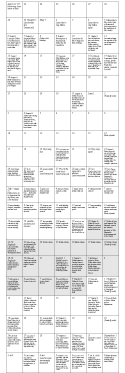 Put the story on a calendar. This helped ensure continuity, as well as to keep things like seasons, the weather, and cultural stuff in context. (Irish Firebrands takes place from May 2007 to December 2008. Image shows the first 20 weeks.)
Put the story on a calendar. This helped ensure continuity, as well as to keep things like seasons, the weather, and cultural stuff in context. (Irish Firebrands takes place from May 2007 to December 2008. Image shows the first 20 weeks.)- Programmed the spelling and grammar checker to do only one or two tasks at a time.
- Converted each chapter to Adobe PDF, and used Adobe’s “Search” function to ensure that as many spelling and grammar issues as possible were found and fixed. An Adobe PDF was also easier to read and spot errors, especially when displayed book-style. The full-screen view helped with page-by-page proofing (black background, no distracting sidebars).
- Read the manuscript on a CRT monitor, not just an LCD screen. Trust me: it made a difference.
- Printed it in various formats: first as a double-spaced manuscript (and used a red pencil to mark changes); then each chapter in “book fold” format, single-spaced, to see it as it might appear on a real page.
- Read the chapters in reverse order. This helps prevent the brain from making a sort of Gestalt out of what’s being read. A Gestalt obscures the appearance of errors when reading chronologically, by making you perceive the whole instead of its parts (no difficulties discovered).
- Listened to the book being read aloud by a text-to-speech generator. The new generation of voices have improved greatly, but computer-generated speech still can have unexpected weird pronunciation limitations that make it necessary to pay close attention what you hear, so it’s most useful for turning up the occasional grammar glitch (rare instances). Try Balabolka (a free download).
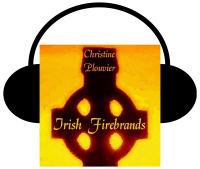
Some specific editing flags and tasks:
- Failure to communicate: GUBU grammar can happen to anybody.
- Vocabulary: context clues lacking, or terms inadequately or unnecessarily defined (no problems noted).
- Continuity issues: Person, place, time, subject or scene out of order, or lacking follow-up (very few discrepancies here).
- Information dump: Excessive or unnecessary detail in summary or expository paragraphs, and ruminations or dialogue that were not appropriate in content and quantity. Back-story or background information had to establish the setting or character, foreshadow or justify action, be in character for the speaker to think or talk about it, and be reasonable for one character to want to say it to another character (I’m a stickler for this kind of thing, so there were no violations).
- Couldn’t tell the players without a scorecard: Inadequate or incorrect dialogue attribution tags (no problems found).
- Typographical and punctuation errors: This included italic words and punctuation (some of these still escaped into the first printing). The decision whether or not to use “Oxford commas” should be consistent (I don’t use the comma, but that’s just my preference).
- Made sure that every idiomatic expression, cliché, alternative verb, adjective and adverb maintained voice or developed characters (very important when you’re writing about a different culture; learning Hiberno-English and the Irish language made this part fun).
- Checked that research truths plausibly glued together the fictitious stuff (they did: everything in Irish Firebrands is backed up by facts).
- Rooted out any possible copyright infringement (entails critical thinking about one’s habits of speech: two scene revisions were polished to avoid any risk), and made all necessary acknowledgments.
- Examined the text for foreshadowing, repetition, symbolism and parallelisms, and made sure they linked (in Irish Firebrands, none of these things were planned – they were all ex post facto discoveries).
Are you still awake? If so, go take a nap. If you have an editing project ahead of you – especially if you write epics, like Irish Firebrands – you’re going to need the rest.
This Blog Post is Available for Print Download!
See more on Downloads menu, above (PDF format)
…

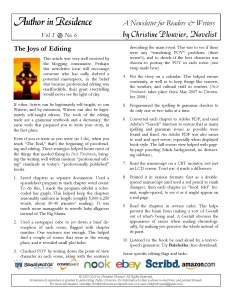
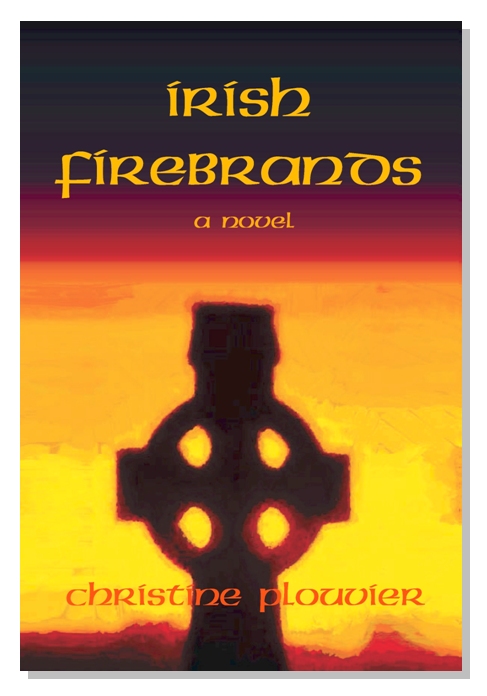
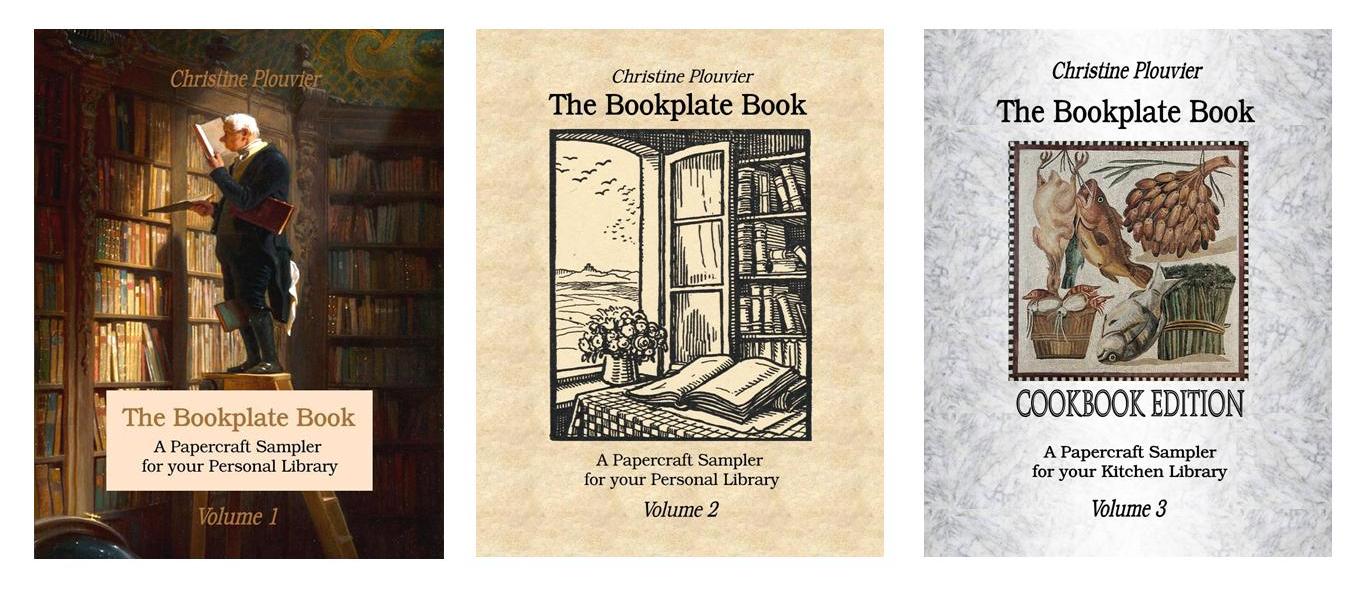


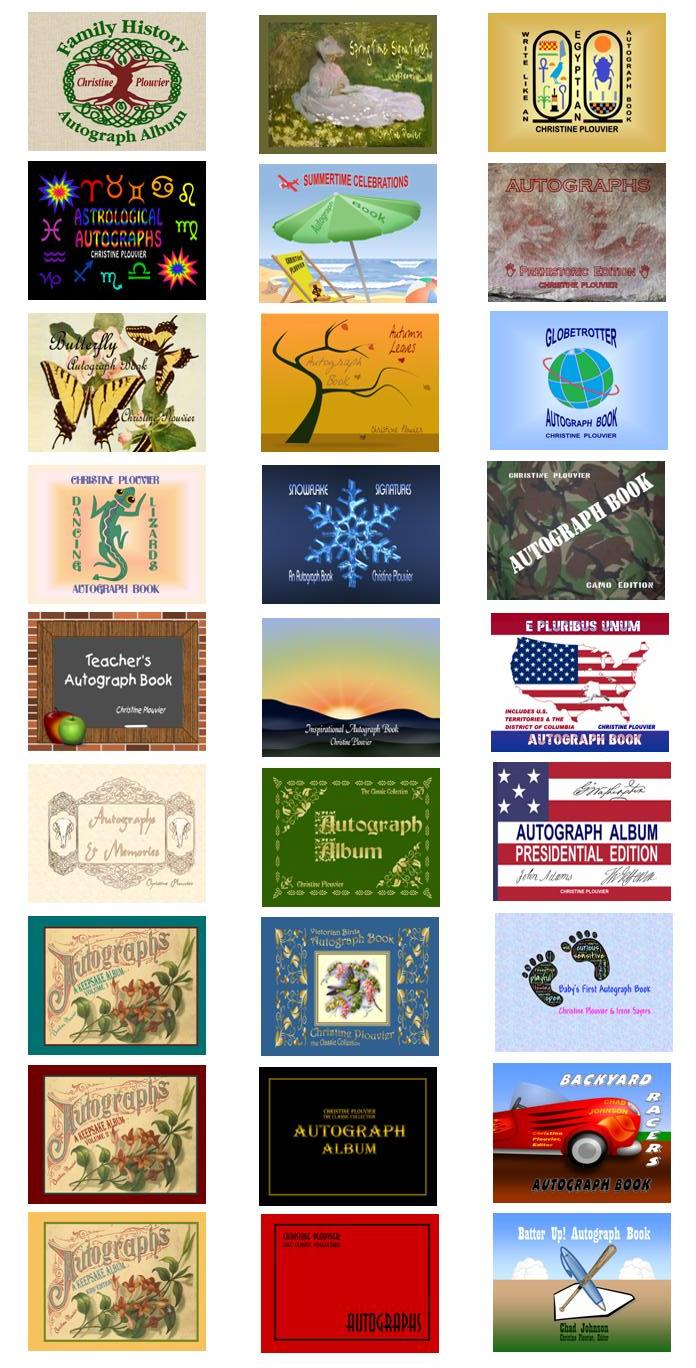

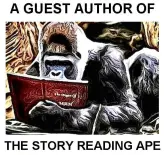


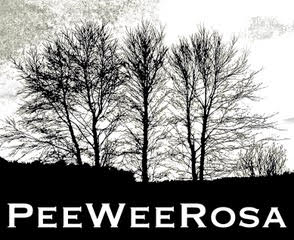



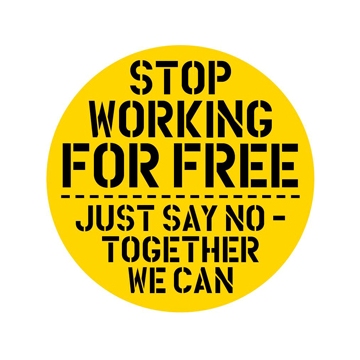

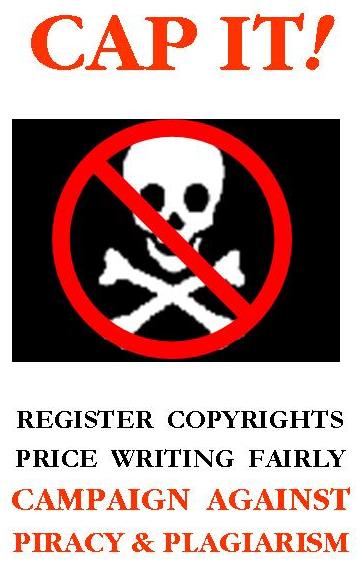




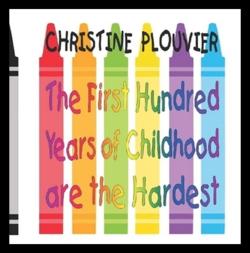
Reblogged this on Smorgasbord – Variety is the spice of life and commented:
Excellent piece and one for all writers. Most writers are also avid readers and know what is a good book and what is not. When I have been sent manuscripts to read the one thing that usually leaps out is that the author has not read what they have written. I read my books through 5 or 6 times before passing to some trusted fellow readers not writers…. thank you Christine and very useful process guidance too.
LikeLiked by 1 person
Thank you for your kind remarks, and for the reblog. As you said, a reader need not be a writer. But a trusted reader is one who knows the difference between a good book and a likable book. Some readers will think that liking a book is all there is to it, and whereas providing good entertainment is a valid writing goal, it doesn’t always help us become better writers.
LikeLiked by 1 person
Reblogged this on Jo Robinson.
LikeLiked by 1 person
Thanks for sharing my post with your readership. Perhaps it will reach and encourage someone who sadly shelved a potential masterpiece, in the belief that because professional editing was unaffordable, the manuscript would never see the light of day.
LikeLike
Some very interesting techniques there! I have always read my books backwards, chapter by chapter, during the editing process… clearly I’m not mad, or rather, we both are lol! But it works! I like the idea of the calender. My stories happen within a very short time frame, usually only a week, but a lot happens in that space of time, and I’m always checking continuity… I’m going to try that. I thought I was quite thorough with my editing process… until I saw yours! If only more Indies took half as much effort, we wouldn’t have half such a bad reputation. And yet, even having read this post, most readers will still want the book for free!!!
LikeLiked by 2 people
A little bit of madness can spice up life! The calendar was probably the most useful thing I did. For the most flexible format, I didn’t use a calendar template, but just constructed one from a table, to which I added rows of days, as I combed through the manuscript. I noted on it the important daily developments, my characters’ work schedules, and even the daily temperatures that I gleaned from the Met Éireann bulletin archives.
I hope the calendar helps you. The amount of detail work that goes into a story of only a week’s length must be daunting. You probably need an agenda with hourly increments, too!
LikeLike
Great post. Very thorough indeed. I take note of the tips. I translate my own stories from English to Spanish (or vice versa) and I found that process allows me to read slowly and to spot many of the continuity and some proofreading mistakes. I’ve also tried the reading backwards. One of my favourites is reading aloud (as you can spot some of the problems with dialogue and bizarre phrasing or sentences that are too clunky). It is worrying the issue of no guarantee, I agree. I was reading a post by a proofreader who does not trust courses and said that she had once reviewed a manuscript that had been proofread 3 times (professionally… or whatever passes for professionally) and she found 400 mistakes. Surely paying somebody for doing a worse job than the one you’d do is not the point.
LikeLiked by 1 person
Thank you! I hope something I’ve said will be helpful.
Translating…. What an intense way to focus on good communication. (I know just enough Spanish, German and Irish, to be dangerous.)
I read my manuscript aloud, too, but because some of the effect of the story is due to aberrant thought processes and pressured speech, it was to make sure I wasn’t using the uniformly correct punctuation that goes with “good” dialogue, phrasing and sentence structure. Because I come from an academic-technical writing background, I had to break the habit of writing “right.”
An editor’s inability to guarantee results (meaning facilitating a sale), is evidence of the subjective nature of Writing as an Art. As I’ve posted elsewhere (search my content for the keywords “art” and “craft”), Authors – like other Artists – can do everything right, and still never be able to sell their works of Art.
LikeLiked by 1 person
Excellent post. You’re right that we can do all of this ourselves – though it’s still a good idea to get another pair of eyes on your work. Unfortunately, too many indie authors don’t seem to be making any attempts at editing. I’ve been trying to focus on supporting/reading work by indies over the last year or so, but far too often I’m giving up because even the basics aren’t being covered. This really should be a rallying call to indie authors to do a proper job themselves. Just because you can’t afford to have a professional edit doesn’t mean you shouldn’t make the effort. So, well done, Christine, for showing us all the way…
LikeLiked by 1 person
Thank you, Graeme. I’m glad you joined the discussion. Getting a trusted reader to provide that pair of eyes can be a challenge, especially if the manuscript runs to 600 pages (474 in print) and the story is complex and controversial.
Kudos are due to any writer who overcomes stage fright and sets keyboard to virtual paper, but you are right about the discouraging lack of Indie editing. Shockingly, even the products of traditional publishing houses – the very ones who set themselves up as the arbiters of good writing – are afflicted with shoddy editing. Many times during my reading over the past 5 years, I’ve been moved to say, “Random House PAID for THIS?”
LikeLike
Excellent post, thank you! I am trudging through my outline of my first novel and I am hoping that within the next month, I will start to begin the actual writing. I have been trying to compile a list of items that I need to pay attention to as I write, so these will be added to the list! Thank you!
LikeLiked by 1 person
Good to see you back, Kim! I was hoping you hadn’t given up on your story. I’ll be pleased to learn what works for you. But don’t let the list get in the way of your creativity: write first, ask questions later.
I’m concerned about your choice of the word “trudged,” in reference to the outline. It can be a form of writing prompt, but don’t let it turn into shackles. You needn’t begin at the beginning. When you take to the keyboard, write whatever feels good to write about, and fill in the blanks another time. Plot hole reminder is what an outline really does best.
The important thing is to enjoy what you’re doing: If we’re not having fun, we’re not doing it right!
LikeLiked by 2 people
Hi Christine! Thanks so much for your response! I really appreciate it. I think I was being a bit dramatic when I mentioned the outline, lol…I actually enjoy structure so I feel more safe as I write, if that makes any sense, lol. Also, I am a veteran to academic writing, but newer to fiction writing. So I am learning the craft as I go which is making the outlining process a bit more drawn out. I will definitely keep you updated!
LikeLike
This is a very well thought out article. Thanks for sharing.
As it so happens, it mirrors some of the items I go over in a similar blog post I wrote on editing.
http://theryanlanz.wordpress.com/2014/08/07/editing-your-writing/#more-93
LikeLiked by 1 person
I totally “pantsed” the book, and the editing. Afterwards, I started blogging, and discovered that, in some respects, I’d reinvented the wheel. I think the similarities that can pop out between writers indicate a certain kind of psychology, or perhaps a neurobehavioral link – a kink in the brain that, with the right stimulation, can turn people into storytellers.
LikeLiked by 1 person
Great list. I’ll be using it… soon… I hope.
LikeLiked by 1 person
Thank you. I hope so, too. There’s always room for more good writing! 😉
LikeLike
Wow! Christine Plouvier, that’s a generous and great post for all of us indie writers – thank you very much! I love editing…what I dislike is that blank page. I once did hire a sort of editor (meaning she had almost no experience) but while she picked up on some flaws I had missed, I resorted to my own skills in the end. I am reblogging this! Thank you again.
LikeLiked by 1 person
Thank you for your praise, and for the reblog. I hope many more Indies will be encouraged to learn how to self-edit more productively. We need all the good writing we can get.
I get around the problem of the blank page, by taking longhand notes of my ideas. That way, I always have something to start with: beginnings, middles, ends of scenes or chapters, even just brief impressions of what might be going on behind closed doors, when a scene is still forming itself in my subconscious mind. Everything’s fair game, when the page is empty – I wrote the end of my first novel long before I settled on the beginning. Eventually, all the plot holes closed, and I never felt as if I suffered from writer’s block.
LikeLiked by 1 person
I agree totally. I thought about that a few years ago and decided that if one person learned how to edit then I could learn how too. I have a couple of books on editing but you really only need a couple of good grammar books and a dictionary. I read through, read through backwards, read aloud, then proof a hard copy, over and over until I’ve decided that the thing is crap, then it’s ready to send out.
LikeLiked by 1 person
Ah, the “drivel and dreck” moment! 🙂 That’s why I claimed the title of Best Bad Writer in the West. My blogosphere rounds should take me to your neighborhood again, soon, to savor more of your brand of “rotten writing.” Thanks for checking in!
LikeLiked by 2 people
Reblogged this on mira prabhu and commented:
Christine Plouvier addresses the joys (!) of editing a novel here…read it and you will know why I’m always looking for terrific beta readers. If you think you could be one (an intelligent reader who provides honest feedback on a polished draft) , let me know. Krishna’s Counsel, my second novel, metaphysical crime fiction, set in both India and Manhattan, will be ready for beta readers before long…
LikeLiked by 1 person
Gestalt seems like a brand new idea to me. Must try it out immediately.
I think the biggest challenge is word count, and how to heartlessly kill off needless words.
I would like a post from you on Book Blurbs. They seem to be the toughest part.
LikeLiked by 1 person
Gestalts, optical illusions, the visual cortex filling in blanks from blind spots in the retina, misperceptions because of force of habit, or even hallucinations (such as Charles Bonnet Syndrome, in persons who lose their sight), are different ways of describing why we sometimes see things that aren’t there, or don’t see things that are there. Our brains can be pretty shifty, doing sneaky stuff behind our backs with smoke and mirrors.
Word count is one reason why I looked for places to avoid dialogue attribution tags, because it was painless to dispense with them. But as far as other words go, who’s to say which ones are truly needless? Even repetitive words are not necessarily redundant: they can serve functions in foreshadowing, parallelisms, rhythm, rhyme and other literary devices.
For example, it’s the rhythm of speech in Siegfried Sassoon’s prose that makes his first-person stories so much more successful than the efforts of many inexperienced modern writers who try to use that point-of-view. Sassoon also wrote poetry that had meter and rhyme, which probably influenced his choice of vocabulary in his prose, by favoring words with particular patterns of syllables.
Book blurbs? I came up with a few catchy slogans, taglines, and titles when I took university courses in business writing, marketing, and professional selling, but book blurbs may not be my strong point: one person didn’t like the blurb for my first novel, while another person said, “WOW!” about it, which I suppose cancels both comments. I’ll give the topic some thought….
Thanks for visiting, commenting and following!
LikeLiked by 1 person
Having just gone through this process four times over in the past few months, this is a topic I greatly agree with. Also, in general a fine guide to the whole deal! I made quite a few mistakes my first time editing and, like you, I’m far from rich. FAR FAR from rich. Professional editing just isn’t an option.
LikeLiked by 1 person
These are all great tips! Instead of a calendar, I make a timeline, but with the same purpose in mind. However, your #8 tip, printing the manuscript in various formats, seems like it could be nearly as expensive as editing. LOL! I’ve said it before, but I’ll say it again… You really need to teach a writing webinar. You could clean up! Thank you for your wonderful instruction. 😀
LikeLiked by 1 person
Surprisingly, printing it wasn’t at all costly. The traditional double-spaced manuscript took more than a ream of paper (644 sheets, I think), but printing the book-fold chapters took very little paper (4 pages to one 8.5 x 11-inch sheet), and my printer uses dry toner instead of liquid ink, so I get several thousand exposures to each cartridge. It was well within my knotted-shoestring budget, and it helped a lot with the proofreading.
Thanks for your compliments on my soapbox skills! 😀 In my “other life” (as a certified childbirth educator), I did lots of public speaking, teaching and coaching, so I hope my motivational voice comes through what I’ve written, and can help other writers to confidently and enjoyably achieve their goals.
LikeLiked by 1 person
Well, it definitely helps THIS writer feel motivated! 🙂 I guess the toner makes the difference… Because I can only print about 100 pages per $50 ink cartridge! 😉
LikeLike
Reblogged this on IRISH FIREBRANDS: A Novel ~ Christine Plouvier, Indie Author and commented:
I’m looking for new masterpieces to read, especially in Literary Fiction or Fusion Fiction. These kinds of books can be satisfying to write, but intimidating to edit. Perhaps this post will encourage someone who has sadly shelved a potential masterpiece, in the belief that because professional editing was unaffordable, their great storytelling would never see the light of day.
LikeLike
I like the idea of doing my own editing. Not that I think I can do it better than anybody else, I just figure what one person can do another can do just as well. I did have Rocky Mountain Pastels professionally edited, and I accepted about 90% of the recommended changes. I think my error rate was low, as most of the suggested changes were just other ways to do the same thing, and my way was just as correct as theirs. A lot of the time I think changes were suggested just to justify the editor’s existence and price. The editor I used was very affordable, though. Like you, I find I can edit my writing and stay within the accepted norms.
LikeLiked by 1 person
Thanks so much for posting this, Christine. I’ve printed it out and am really starting to feel that proverbial kick up the rear to get back to the makings of some manuscripts, which have come out of three separate Blogging A-Z Challenges. At the very least, I need to edit and print them out in a book form for myself and my nearest and dearest. I don’t know what has caught me in its grasp and made it so difficult to get back to the editing process. One factor was the amount of energy that went into writing it. Writing 55,000 words in a month along with research was extremely intense and yet that intensity was extremely productive. I was well and truly in the flow and didn’t have that issue of stop starting and ends up feeling choppy. Well, at least that’s my perception of things.
In case you’re interested in checking out my A-Z for 2018: Letters to Dead Artists, here’s a link: https://beyondtheflow.wordpress.com/2018/05/07/reflections-letters-to-dead-artists-a-z-challenge-2018/
Best wishes,
Rowena
LikeLiked by 1 person